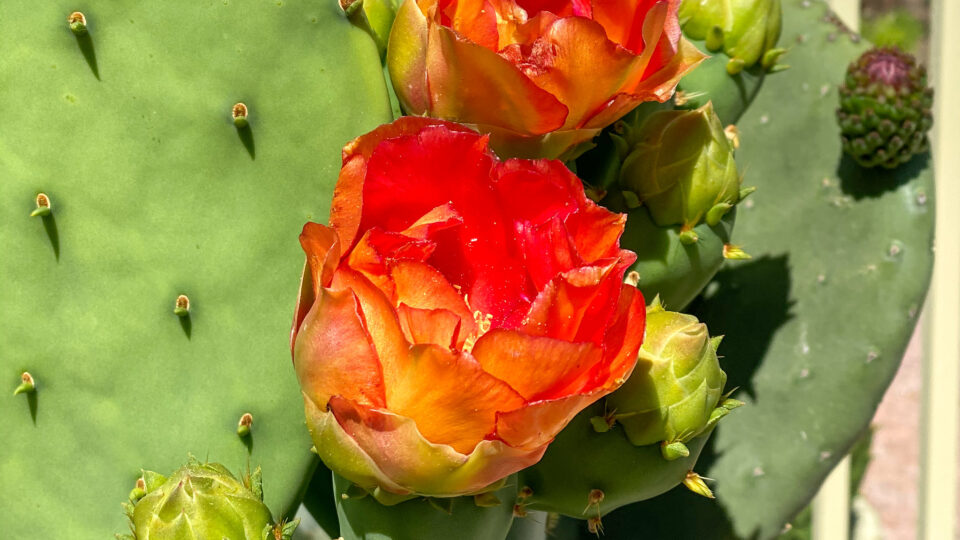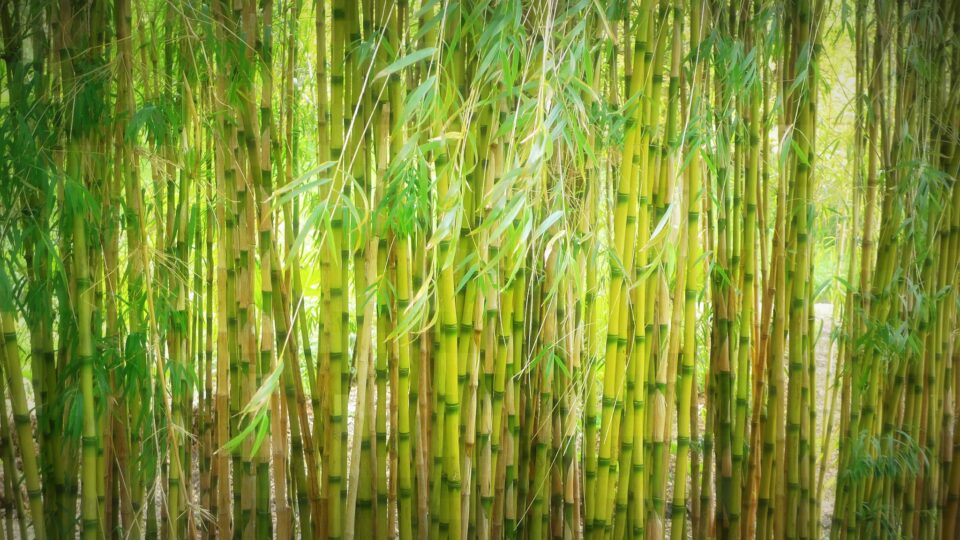The fruits and pads of opuntia, better known as prickly pear cactus, find their way into people’s diets in many arid and semi-arid places around the world. In Mexico, the pads are known as nopales and are used in a variety of dishes. The pears themselves are used in jams, salads, and juices.
A five-year study by the University of Nevada Reno College of Agriculture, Biotechnology & Natural Resources investigated the prospects for cactus pear to become a major crop like soybeans and corn and to help provide a biofuel source.
As the climate changes, dry areas are going to get dryer and drought issues will increasingly affect traditional crops.
The study looked at the particular opuntia species called the spineless cactus pear and found that it had the highest fruit production while using up to 80% less water than some traditional crops. Cactus pear can be used for both human consumption and livestock feed. As a perennial crop, once the fruit and pads are harvested for food, the remaining biomass can be used for biofuel production.
Corn and sugar cane are the most utilized bioenergy crops right now, but these use three to six times more water than cactus pear. The cactus pear productivity is on par with corn and sugar cane, but not only do they use a fraction of the water, they also have higher heat tolerance.
Over 40% of land area around the world is classified as semi-arid or arid. There is enormous potential for planting cactus for carbon sequestration. If nothing else, it makes great sense to grow cactus pear crops in abandoned areas that are marginal and may not be suitable for other crops.
**********
Web Links
Study shows cactus pear as drought-tolerant crop for sustainable fuel and food
Photo, posted April 16, 2020, courtesy of Kevin Dooley via Flickr.
Earth Wise is a production of WAMC Northeast Public Radio.



